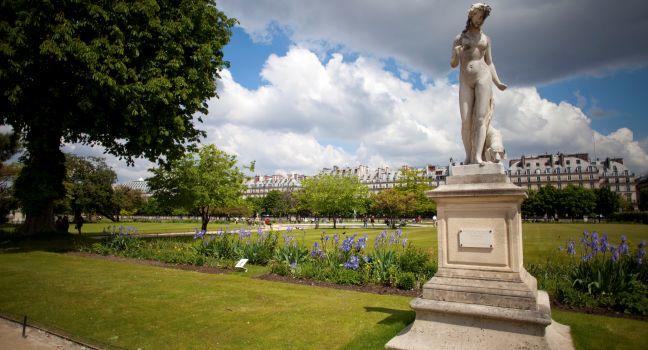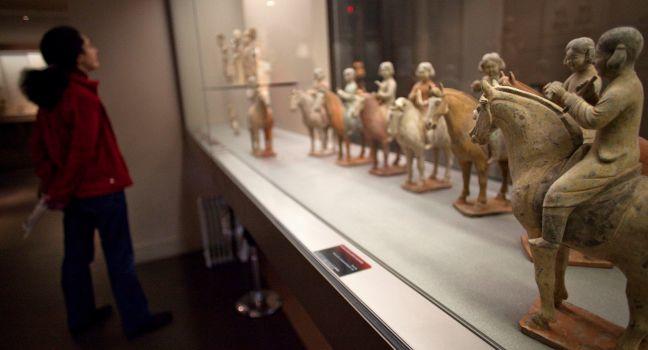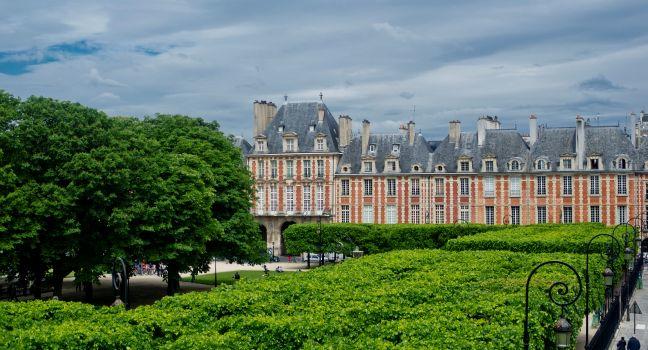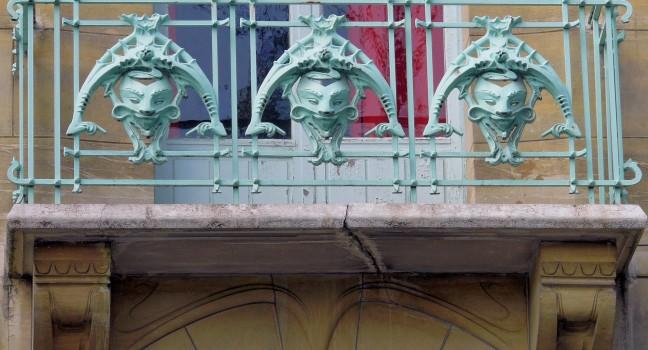Basilique du Sacré-Coeur

It's hard not to feel as though you're ascending to heaven when you visit Sacred Heart Basilica, the white castle in the sky, perched atop Montmartre. The French government commissioned it in 1873 to symbolize the return of self-confidence after the devastating years of the Commune and Franco-Prussian War, and architect Paul Abadie employed elements from Romanesque and Byzantine styles when designing it—a mélange many critics dismissed as gaudy. Construction lasted until World War I, and the church was finally consecrated in 1919. Many people now come to Sacré-Coeur to admire the superlative view from the top of its 271-foot-high dome. But if you opt to skip the climb up the spiral staircase, the view from the front steps is still ample compensation for the trip.
Inside, expect another visual treat—namely the massive golden mosaic set high above the choir. Created in 1922 by Luc-Olivier Merson, Christ in Majesty depicts Christ with a golden heart and outstretched arms, surrounded by various figures, including the Virgin Mary and Joan of Arc. It remains one of the largest mosaics of its kind. In the basilica's 262-foot-high campanile hangs La Savoyarde, one of the world's heaviest bells, weighing about 19 tons.
The best time to visit Sacré-Coeur is early morning or early evening, and preferably not on a Sunday, when the crowds are thick. If you're coming to worship, there are daily Masses. To avoid the steps, take the funicular, which costs one métro ticket each way.









